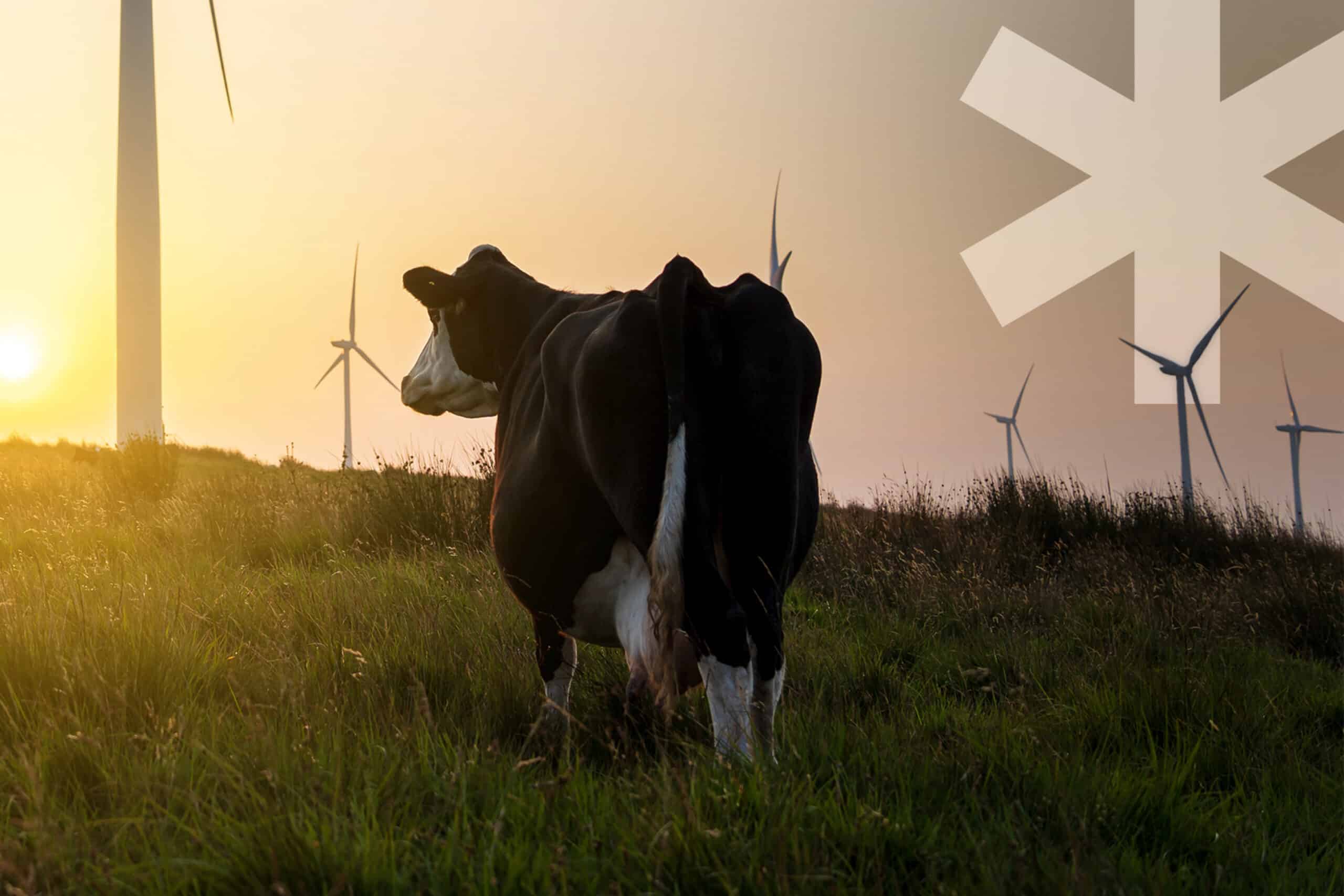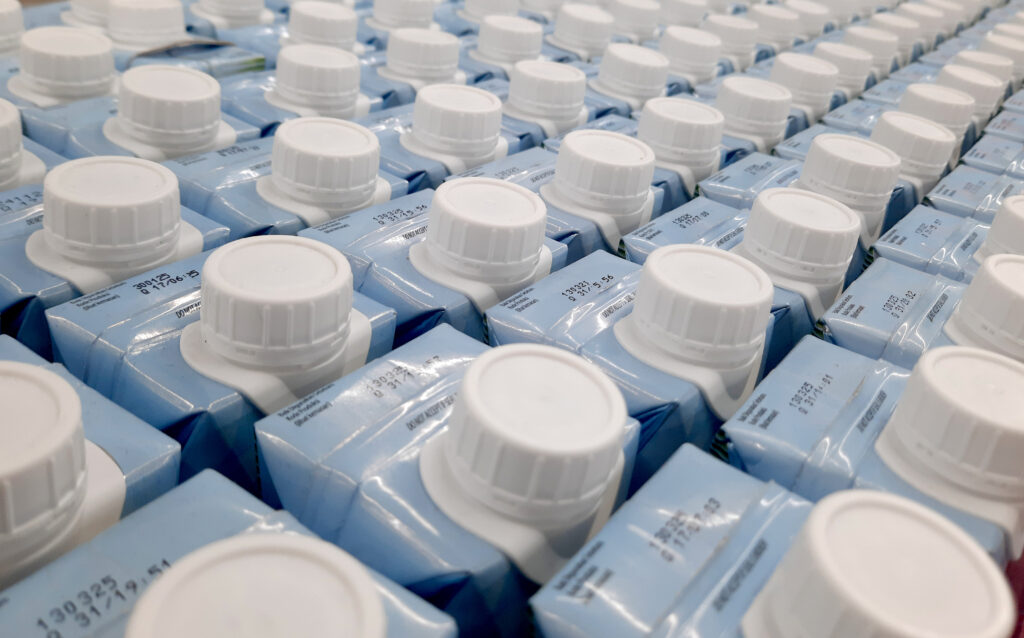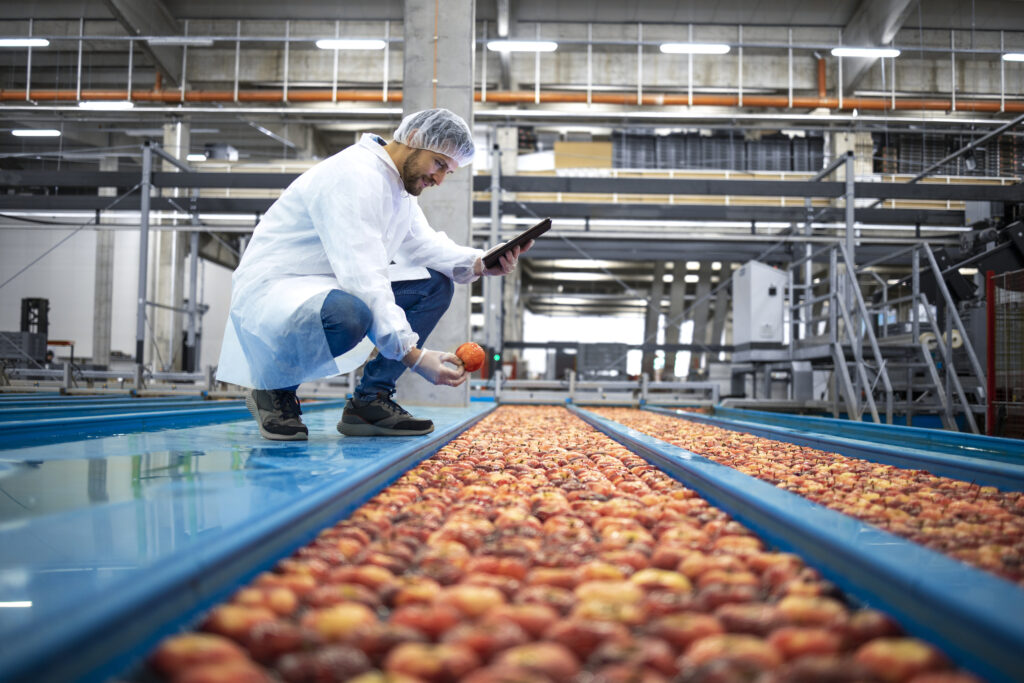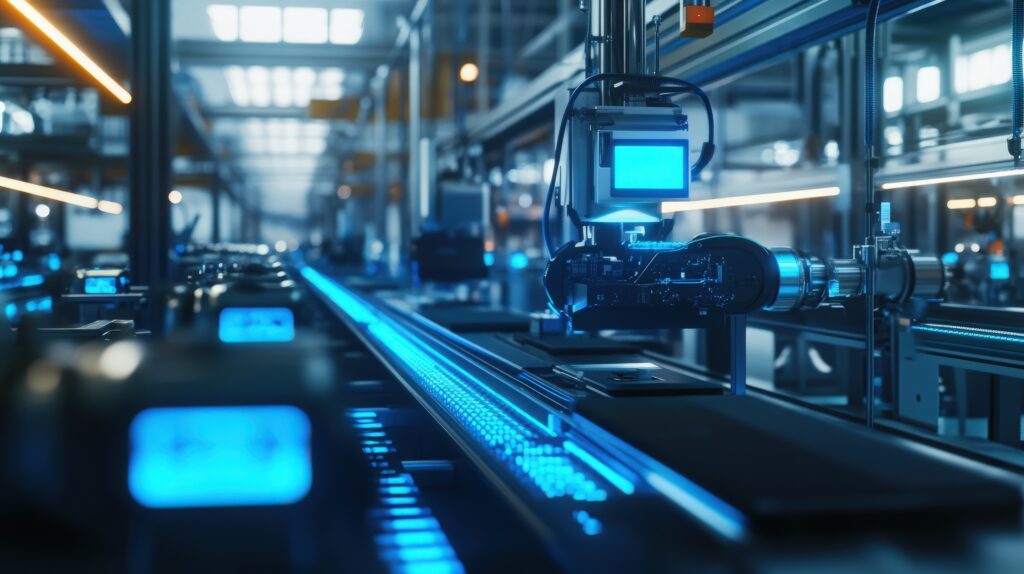Embedding sustainability into business operations is no longer optional – it’s vital for gaining a competitive advantage. Dairy companies that fail to adopt to more circular practices risk losing consumer trust, especially as the global dairy industry faces mounting scrutiny over the sustainability of its operations. But what can dairy businesses do to raise their sustainable credentials?
What environmental impact does dairy have – and how do alternatives compare?
Dairy is a nutrient-rich food group, but its environmental footprint is larger than many alternative protein sources when measured per unit of nutrition delivered. The majority of this footprint is generated at the farm level, where emissions from livestock, feed production and manure management combine to account for well over half of the total lifecycle emissions. Among the most notable drivers of dairy’s environmental footprint are:
- Methane emissions: Dairy farming accounts for approximately 4% of global greenhouse gas emissions, with methane from cows and manure the biggest contributors.
- Feed production: Feed alone can account for up to 36% of a dairy farm’s total greenhouse gas (GHG) emissions. The cultivation of crops like soy and maize involves high nitrogen fertiliser use, leading to nitrous oxide emissions and nutrient runoff that pollutes waterways.
- Water use: Producing one litre of milk can require up to 7.68 litres of water, much of it embedded in feed production, placing significant pressure on water resources, particularly in water-stressed regions.
- Land use: So that one person can drink a glass of dairy milk every day for a year, businesses will need to use around 650 square metres of land – 10 times more than oat milk. While pasture-based systems may support biodiversity and soil health, intensive systems often rely on imported feed, shifting land impacts abroad.
Compared to plant-based alternatives, research shows that dairy milk generates roughly three times more GHGs per litre and has the highest water footprint of any commonly consumed milk. Almond milk, while water-intensive at around 74 litres per glass, still uses substantially less water than dairy. These environmental differences are increasingly shaping conscious consumer preferences which are driving demand for lower-impact dairy options and alternatives.
The shifting regulatory picture
Businesses face the necessity of embedding more sustainable, resilient and circular practices into their operations.
For example, under the EU Deforestation Regulation (EUDR), companies sourcing cattle, soy and palm oil must ensure their supply chains are deforestation-free by December 2025 for large enterprises, and by July 2026 for medium and smaller businesses. Scope 3 emissions reporting is also becoming standard under frameworks like the EU’s CSRD, while voluntary initiatives such as the TNFD are encouraging companies to assess and disclose nature-related risks.
Investor and retailer expectations are also evolving. Science-based targets, particularly those aligned with the SBTi FLAG guidance, are becoming standard. Fonterra, for instance, aims for over 78% of its suppliers and customers to have validated science-based targets by 2028. Retailers are also increasingly looking for traceability, emissions data and regenerative sourcing commitments from their suppliers.
Changing customer preferences are another dynamic influencing dairy business decision-making. Demand for more sustainable dairy options is growing, and sustainability credentials are playing a larger role in purchasing decisions. Companies that fail to adapt risk losing relevance in an increasingly values-driven marketplace.
How is the dairy industry responding to environmental challenges?
To respond to changing customer preferences and regulatory demands, dairy businesses have already been taking action to improve their sustainability.
Cutting methane emissions
Across the industry, companies are investing in a range of strategies to reduce their environmental footprint, with methane reduction a top priority. Use of feed additives, such as Bovaer, is one promising option. Trials of Bovaer at Danone farms in Belgium shows a cut to enteric methane emissions by nearly 20%, with similar trials at Arla reporting reductions of up to 30%.
Other methane-cutting approaches include improving feed composition to reduce fermentation and investing in anaerobic digesters that convert manure into biogas, simultaneously cutting emissions and generating renewable energy.
Boosting regenerative agriculture practices
By improving soil health, increasing biodiversity and enhancing water retention, regenerative practices offer a range of environmental and economic benefits. Nestlé, for example, is working with over 500,000 farmers to implement regenerative practices such as multi-species grazing, cover cropping and nutrient cycling, and has so far committed CHF 1.2bn to support this transition. Nestlé is also offering financial incentives to farmers who meet sustainability benchmarks.
We see cooperative structures throughout supply chains as an important way for businesses to spread regenerative practices, with farmer cooperation and incentivisation key for driving systemic change. For example, Arla’s cooperative structure enables close, ongoing collaboration with its farmer-owners. Through its FarmAhead™ tool, Arla collects detailed sustainability data from its farmers and allocates up to €500m annually to incentivise sustainable practices. This data serves as the backbone of the FarmAhead™ programme, which rewards farmers for actions such as enhancing feed efficiency, improving manure management and promoting biodiversity.
Sourcing energy responsibly
Businesses are also increasingly transitioning their energy consumption away from fossil fuels and towards renewables. Nestlé and Fonterra are two examples of dairy companies that have pivoted to renewable energy, with Nestlé reporting that over 95% of electricity at its sites now comes from renewable sources. These and other initiatives have helped Nestlé reduce its GHG emissions by 13.5% since 2018, including a 15.3% reduction in methane.
Driving circular packaging and reducing food waste
As with all food and drink sectors, packaging and food waste present critical environmental challenges for dairy producers. Traditional packaging formats such as plastic bottles and multilayer cartons are often difficult to recycle and contribute to landfill and ocean pollution. Companies such as Nestlé and Arla are advancing sustainable packaging through recyclable, reusable and lightweight designs, with Nestlé already reporting that 86.6% of its packaging is now recyclable, while Arla is aiming for 100% recyclability by the end of 2025.
Capturing confidence through proactive transformation
Dairy COOs should act now to ensure they continue to earn the trust of their stakeholders. Strategic investment in traceability and data tools – such as Arla’s FarmAhead™ – is increasingly important for tracking emissions, water usage and animal welfare metrics across the supply chain.
Supporting regenerative agriculture pilots and scaling successful models should be another area of focus and this will involve funding, and close collaboration with farmers, researchers and NGOs.
Finally, collaboration across the value chain is critical. From feed suppliers to retailers, alignment on sustainability goals and metrics through shared incentivisation will drive progress. Companies should also prepare for climate risk through scenario planning, diversification and investment in local sourcing and infrastructure.
A final word
The environmental impact of dairy is real, but so is the potential for transformation. From methane reduction to regenerative farming, the tools and strategies are already in play. Companies that act now will not only reduce risk but unlock new value, from operational efficiency to brand trust.
Sustainability is not a cost – it’s a competitive edge. The question is no longer if the dairy industry must change, but how fast it can lead.
At Argon & Co, we help businesses transform and adapt to more sustainable ways of operating. Find out how we can help you today.
This is the third article in our mini-series titled ‘The future of dairy: how technology, trade and transformation can drive performance in a changing industry’
Read more here:
Article 1 – Connected, agile, informed: The next era of dairy supply chains
Article 2 – The next frontier of dairy: the four technologies shaping the future of the dairy industry
Upcoming articles to look out for…
Article 4 – The Shifting Landscape of Global Dairy Trade: A Look to the Future






